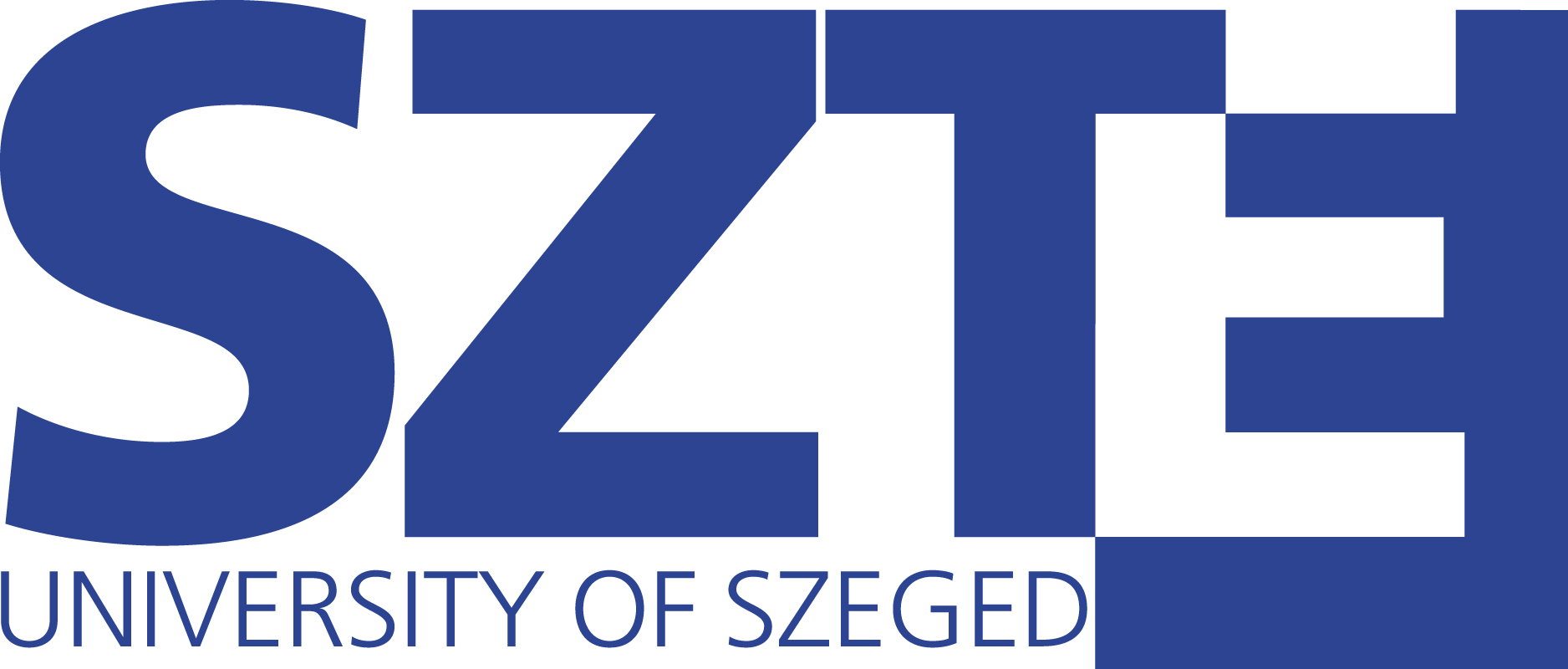The Royal Danish Embassy and the University of Szeged kindly invite you to a lecture and exhibition by H.E. Tom Nørring, Ambassador of Denmark in Hungary presenting inspiring urban developmental projects worldwide. The lecture starts at 3 pm., February 17th, the exhibition will be opened at 5 pm. at the Rector’s Office of the University of Szeged.
The exhibition is developed by the Danish Architecture Centre for Copenhagen Solutions – a public, private partnership of the City of Copenhagen and Realdania.
Facing the challenge of reaching carbon neutrality in 2015
The City of Copenhagen has set itself an ambitious challenge - becoming the world´s first carbon neutral capital by 2025. The goal is supported by a municipal strategic climate action plan rolling out 50 initiatives – The exhibition Copenhagen Solutions introduces a wide range of the initiatives and projects setting the city on the course to reach its goal.
Summary of the exhibition:
1. How do we create green growth while improving urban living?
The exhibition Copenhagen Solutions shows how the cleantech sector together with the City of Copenhagen is in fact creating what will become the first CO2 neutral capital in the world by 2025.
2. How do we revitalize the city centre?
Copenhagen is being revitalized - through innovative urban and architectural solutions - through the application of strategies such as densification, transformation and renovation. Both the social life of the city, environmental solutions, and the economic dimension of urban planning are considered crucial aspects.
3. How do we innovate through urban policies?
Through the use of master plans, the City of Copenhagen can apply fine tuned strategies to support the publicly defined goals for urban development. Vital to this is understanding the market and having a strong focus on investments.
An urban benchmark has been developed to measure urban living conditions and life quality of the city: The goal is that by 2015 80% of Copenhageners will be satisfied with the possibilities to participate in urban life.
4. How do we add new urban areas to the city?
Featuring some of the most innovative housing projects in Copenhagen, the urban area Ørestad functions as a laboratory for new typologies and ideas about urban living.
5. Nordhavnen: How do we create a laboratory for green and smart solutions?
The industrial harbour of Nordhavnen is going to meet the need for housing for the growing population of Copenhagen and offers a ground breaking setting for a new sustainable urban lifestyle. When completed, this dense city district will accommodate 40,000 new residents and 40,000 work places. Nordhavnen is going to be a laboratory for new green and smart solutions for the on site production of energy and reductions in energy consumption.
6. Energy: How do we heat the city?
Since 1993, all buildings in Copenhagen have been required to join the district heating system, making it an integrated part of urban planning in Copenhagen.
District heating is one of the most carbon efficient ways to produce and supply energy locally, cutting out much of the waste associated with centralized power
generation. The city´s CO2 emissions are further reduced, among other things, through waste incineration.
7. Energy: How do we keep cool under CO2 pressure?
In its effort to provide low carbon cooling, the City of Copenhagen has built the first two district cooling networks. District cooling is the centralized production
and distribution of chilled water distributed through underground insulated pipelines to buildings to cool the indoor air.
The district cooling networks in Copenhagen are based on free cooling from sea water abstraction, along with running surplus heat from the district heating network. The project is expected to save 14,000 tons of carbon dioxide per year.
8. Transport: How do we connect the city?
The City of Copenhagen has invested heavily in uninterrupted cycle lanes and ‘green waves’ so that cyclists can travel non-stop. As a consequence, the amount of cyclists in Copenhagen is increasing every year. Furthermore, by investing in efficient, reliable and highly integrated public transportation systems it has been possible to create a well-connected city, where it is easy to move around.
9. Copenhagen, Malmö, Hamburg: How do we create green growth across regions?
On a global scale, Copenhagen is a small capital city, but the city is working closely with the city of Malmö to create strong regional solutions in the areas of sustainability, culture, and commerce. Copenhagen is also expanding its collaboration with Hamburg in the areas of for example cleantech, climate, energy, tourism, culture and creative businesses.

